Home>Furniture>Living Room Furniture>How To Recover Boat Cushions
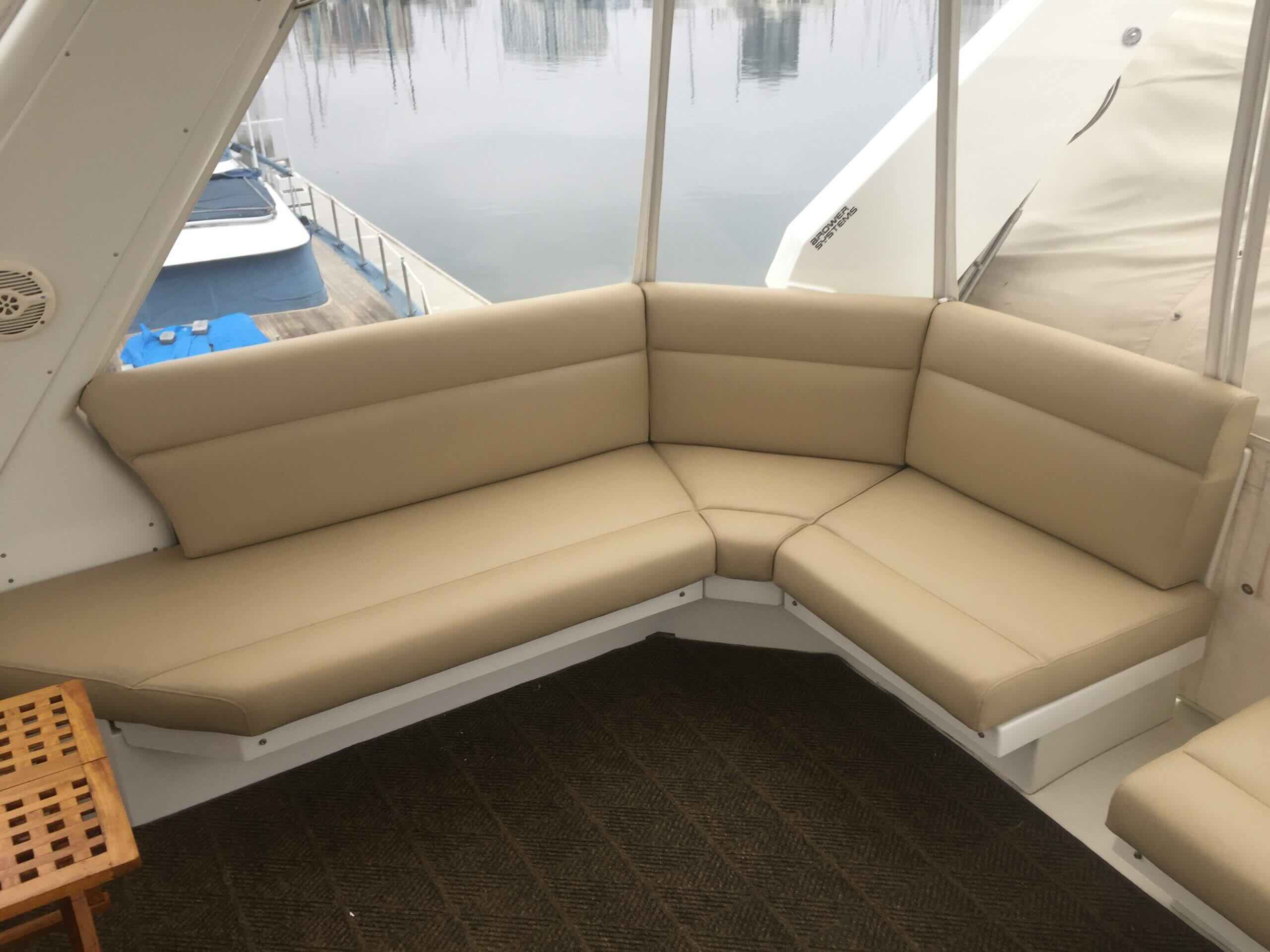

Living Room Furniture
How To Recover Boat Cushions
Modified: March 16, 2024
Learn how to recover boat cushions with our expert tips and tricks. Transform your living room furniture and create a cozy and stylish space.
(Many of the links in this article redirect to a specific reviewed product. Your purchase of these products through affiliate links helps to generate commission for Storables.com, at no extra cost. Learn more)
Introduction
When it comes to boating, comfort is key. Spending time out on the water should be a relaxing and enjoyable experience, and having comfortable seating can make all the difference. Boat cushions play a vital role in providing comfort and support while on your boat, but over time they may become worn, dirty, or damaged. If your boat cushions are starting to show signs of wear and tear, don’t worry! In this article, we will guide you through the process of recovering your boat cushions to bring them back to their former glory.
Recovering boat cushions is not only a cost-effective solution compared to buying new ones, but it also allows you to customize the cushions to match your boat’s aesthetic. Whether you want to replace the existing fabric with a new color or pattern, or simply want to refresh the cushions by cleaning and repairing them, we’ve got you covered.
Before diving into the process of recovering your boat cushions, it’s important to assess the extent of the damage and determine whether simple cleaning and repair or complete replacement is needed. This will help you make an informed decision and guide your approach to cushion recovery.
In the next sections, we will discuss the steps involved in assessing the damage, cleaning the cushions, removing stains, repairing tears or rips, restoring cushion shape and comfort, and protecting the cushions from future damage.
By following these guidelines and investing a little effort, you can revitalize your boat cushions and create a cozy and inviting seating area on your boat. So, let’s get started on the journey to recover your boat cushions and make your boating experience even more enjoyable.
Key Takeaways:
- Revitalize your boat cushions by assessing damage, cleaning, repairing tears, and restoring shape. Protect them from future damage to prolong their lifespan and enhance your boating experience.
- Recovering boat cushions is a cost-effective way to customize and revitalize your boat’s interior, creating a cozy and inviting atmosphere for enjoyable boating adventures.
Read more: How To Make Boat Cushions
Assessing the Damage
Before you begin the process of recovering your boat cushions, it’s important to assess the extent of the damage. This will help you determine the best approach to take in order to restore the cushions to their original condition.
Start by carefully examining each cushion for signs of wear and tear. Look for any visible stains, rips, tears, or fading of the fabric. Take note of any areas where the cushion foam may be compressed or losing its shape. This step will help you identify the specific issues you need to address during the recovery process.
If the cushions are relatively new and only show minor signs of wear, a simple cleaning and maintenance routine might be all that’s needed. However, if the cushions are more heavily damaged, you may need to consider more extensive repairs or even replacing the foam and fabric altogether.
In addition to assessing the condition of the cushions, consider your budget and time constraints. Determine how much you’re willing to spend on the recovery process and how much time you’re willing to invest in it. This will help you decide whether certain repairs or replacements are feasible.
It’s also worth considering the overall condition of your boat’s interior. If the cushions are the only worn or damaged element, recovering them can significantly improve the overall appearance and comfort of your boat. However, if other interior components are also in need of attention, you might want to plan a comprehensive boat interior renovation to create a cohesive look.
Remember, assessing the damage is a critical step in the process of recovering boat cushions. It helps you evaluate the scope of the work involved and make informed decisions about the best course of action. By carefully assessing the damage, you can ensure that your efforts are focused on the areas that need the most attention, resulting in a successful cushion recovery.
Cleaning the Cushions
Once you have assessed the damage and determined that the cushions are in need of a cleaning, it’s time to roll up your sleeves and get started. Cleaning the cushions regularly not only helps to maintain their appearance but also extends their lifespan.
Before you begin the cleaning process, check the care instructions provided by the manufacturer. Different types of fabrics and materials may require specific cleaning methods. Ensure that you follow these instructions to avoid damaging the cushions.
Here are the general steps to follow when cleaning boat cushions:
- Vacuum: Start by using a vacuum cleaner with a brush attachment to remove loose dirt and debris from the surface of the cushions. This will prevent the dirt from being ground into the fabric during the cleaning process.
- Spot-treat stains: If you notice any specific stains on the cushions, treat them using an appropriate stain remover. Follow the instructions on the stain remover product and make sure to test it on a small, inconspicuous area of the fabric first to avoid any discoloration or damage.
- Prepare a cleaning solution: Fill a bucket with warm water and add a gentle detergent suitable for the fabric of your cushions. Mix the detergent into the water until it forms a soapy solution.
- Clean the cushions: Dip a soft brush or sponge into the soapy solution and gently scrub the cushions in a circular motion. Pay extra attention to heavily soiled areas. Avoid using harsh scrub brushes or abrasive cleaning tools, as they can damage the fabric.
- Rinse: After scrubbing, rinse the cushions thoroughly with clean water to remove any soap residue. You can use a garden hose or a bucket of clean water for this step.
- Dry: Allow the cushions to air dry completely before placing them back on your boat. It’s essential to ensure that the cushions are thoroughly dry to prevent mildew or mold growth.
Remember, regular cleaning of boat cushions is essential to maintain their appearance and prolong their lifespan. By following these steps and using appropriate cleaning methods, you can refresh your boat cushions and keep them looking their best.
Removing Stains
Stains can be a common issue on boat cushions, whether it’s from spilled drinks, food, or other mishaps. Fortunately, there are effective techniques for removing stains and restoring the appearance of your cushions. Here’s how to tackle common types of stains:
1. Food and Beverage Stains: For fresh stains, quickly blot up any excess liquid using a clean cloth or paper towel. Avoid rubbing the stain, as it can spread and set into the fabric. Mix a solution of mild detergent and water and gently dab the stained area with a sponge or cloth. Rinse with clean water and allow the cushion to air dry.
2. Oil and Grease Stains: Sprinkle a generous amount of cornstarch or talcum powder onto the stained area and let it sit for a few hours to absorb the oil or grease. Then, gently brush off the powder and treat any remaining stain with a mixture of dish soap and warm water. Blot the stain with a cloth or sponge, rinse thoroughly, and allow the cushion to dry.
3. Mold and Mildew Stains: Mix a solution of equal parts white vinegar and water. Apply this solution to the stained area using a sponge or cloth and let it sit for a few minutes. Scrub the stain with a soft brush, then rinse the cushion with clean water. To prevent mold and mildew growth in the future, ensure the cushions are properly dried and stored in a well-ventilated area.
4. Ink Stains: Moisten a cloth with rubbing alcohol and gently blot the ink stain. Be careful not to rub, as it may cause the ink to spread. Continue blotting until the stain is lifted. Rinse the cushion with water and allow it to dry.
5. Sunscreen and Tanning Product Stains: Mix a solution of warm water and mild detergent. Apply the solution to the stained area and gently scrub with a soft brush or sponge. Rinse thoroughly with clean water and let the cushion air dry.
Remember, it’s important to treat stains as soon as possible to prevent them from setting into the fabric. Always test any cleaning solution on a small, inconspicuous area of the cushion before applying it to the stain to ensure compatibility and avoid any potential damage. By following these stain removal techniques, you can effectively eliminate unsightly stains and restore the beauty of your boat cushions.
To recover boat cushions, start by removing the old fabric and foam. Measure and cut new fabric to size, then sew and staple it onto the cushion. Finally, place the new foam inside the cover and secure it in place.
Repairing Tears or Rips
Over time, boat cushions can develop tears or rips due to regular use or accidental damage. It’s essential to repair these issues promptly to prevent them from getting worse and compromising the integrity of the cushions. Here’s how you can repair tears or rips in your boat cushions:
1. Assess the damage: Start by examining the tear or rip to determine its size and location. If the tear is small and located in a non-prominent area, you may be able to fix it yourself. However, larger or more complex tears may require professional assistance.
2. Gather the necessary tools and materials: To repair the tear, you’ll need a heavy-duty upholstery thread, a needle with a large eye, and a pair of scissors. You may also need a patch of matching fabric if the tear is too large to be repaired with stitches alone.
3. Prepare the cushion: Clean the area around the tear to ensure it’s free from any dirt or debris that could interfere with the repair process. If necessary, trim any frayed edges of the tear to create clean, even edges.
4. Sew the tear: Thread the needle with the upholstery thread and start sewing from the inside of the cushion, making small stitches along the tear to bring the edges together. Make sure to anchor the thread securely with a knot at the starting point. Continue stitching until you’ve closed the entire tear, ensuring the stitches are tight and even.
5. Reinforce with a patch: If the tear is too large to be stitched alone, or if you want extra reinforcement, cut a patch of matching fabric slightly larger than the tear. Place the patch on the inside of the cushion, aligning it with the tear. Stitch around the edges of the patch, securing it to the cushion and blending it seamlessly with the existing fabric.
6. Trim excess thread: Once the tear or patch is securely stitched, trim any excess thread to achieve a neat and tidy finish. Take care not to cut any of the surrounding fabric.
7. Test the repair: Gently tug and stretch the repaired area to ensure the stitches hold and the fabric is secure. If necessary, reinforce the stitches or add additional stitches for extra durability.
Remember, repairing tears or rips in your boat cushions can help extend their lifespan and maintain their appearance. However, if you’re unsure about your sewing skills or the extent of the damage is beyond your expertise, consider seeking professional upholstery repair services.
By following these steps and using the appropriate tools and materials, you can repair tears or rips in your boat cushions and prevent further damage, ensuring that you can continue to enjoy comfortable and attractive seating on your boat.
Read more: How To Recover RV Cushions
Restoring Cushion Shape and Comfort
Over time, boat cushions can lose their shape and firmness, resulting in reduced comfort and support. Restoring the shape and comfort of your cushions is crucial to ensure an enjoyable boating experience. Here are some effective methods to bring back the cushion’s original shape and enhance its comfort:
1. Fluffing and Rotating: Start by fluffing the cushions manually to redistribute the filling. This can help plump up the cushion and even out any uneven areas. Additionally, rotate the cushions regularly to prevent excessive wear on specific spots.
2. Adding Filling: If the cushions have become noticeably flat or lacking in support, you may need to add more filling material. Check the manufacturer’s instructions or consult a professional to determine the right type and amount of filling to use. This could be foam inserts, polyester fiberfill, or other suitable materials.
3. Replacing Foam: If the cushion foam has deteriorated significantly or lost its shape, you may need to replace it. Measure the dimensions of the cushion and purchase new foam of the appropriate size and density. Remove the old foam and replace it with the new foam, making sure it fits snugly within the cushion cover.
4. Using Cushion Supports: Cushion supports, such as foam or inflatable inserts, can be placed beneath the existing cushions to provide added support and restore the shape. These supports can help prevent sagging and maintain the cushion’s original form.
5. Investing in Custom Cushions: If your boat cushions are beyond repair or you want a complete upgrade, consider investing in custom-made cushions. Custom cushions are tailored to fit your boat perfectly and can be designed with high-quality materials that ensure long-lasting comfort and durability.
6. Maintaining Proper Storage: Proper storage of your boat cushions can also contribute to their overall shape and comfort. When not in use, store the cushions in a cool, dry place to prevent moisture and mold growth. Avoid storing them in direct sunlight, as prolonged exposure to UV rays can cause fading and damage.
By following these methods, you can restore the shape and rejuvenate the comfort of your boat cushions. Remember, regular maintenance and care are essential to keep the cushions in optimal condition and provide a cozy and comfortable seating area on your boat.
Protecting the Cushions from Future Damage
After investing time and effort into recovering and restoring your boat cushions, it’s important to take steps to protect them from future damage. By implementing these preventive measures, you can extend the lifespan of your cushions and keep them looking their best for years to come:
1. Use Protective Covers: Covering your boat cushions when they are not in use is an effective way to shield them from dirt, dust, and UV rays. Consider using specially designed cushion covers or simply use large plastic bags or tarps to keep them protected.
2. Avoid Exposure to Sunlight: Prolonged exposure to sunlight can fade and weaken the fabric of your boat cushions. Whenever possible, store your cushions in a shaded area or use UV-resistant covers to reduce sun damage.
3. Clean Spills Immediately: Accidents happen, but it’s crucial to address spills and stains promptly. Clean any spills as soon as they occur to prevent them from setting into the fabric and causing permanent damage.
4. Regularly Clean and Maintain: Establish a routine for regular cleaning and maintenance of your boat cushions. This includes vacuuming, spot-treating stains, and periodically washing the fabric according to the manufacturer’s instructions.
5. Provide Adequate Ventilation: Proper ventilation is essential to prevent the growth of mold and mildew. Ensure that your boat has adequate airflow and that the cushions are stored in a well-ventilated area when not in use.
6. Avoid Sharp Objects: Be mindful of sharp objects or tools around your boat cushions. Avoid placing items with sharp edges directly on the cushions, as they can puncture or tear the fabric.
7. Regularly Inspect for Damage: Periodically inspect your boat cushions for any signs of wear, tear, or damage. By catching issues early, you can address them promptly and prevent further deterioration.
8. Consider Waterproofing: If your boat cushions are exposed to water frequently, consider applying a waterproofing product to the fabric. This can help repel water, preventing it from seeping into the cushions and causing damage.
9. Store Properly During Winter: If you live in an area with harsh winters, it’s important to store your boat cushions properly during the off-season. Clean and dry the cushions thoroughly, then store them in a dry and temperature-controlled area to prevent freezing, moisture, and damage.
By following these protective measures, you can significantly prolong the life of your boat cushions and keep them looking and feeling great. Remember, prevention is key in maintaining the overall quality and appearance of your boat cushions.
Conclusion
Recovering and restoring your boat cushions is a worthwhile endeavor that can breathe new life into your boating experience. Whether your cushions are worn, dirty, or damaged, following the steps outlined in this article can help you bring them back to their former glory.
Assessing the damage, cleaning the cushions, removing stains, repairing tears or rips, restoring cushion shape and comfort, and protecting the cushions from future damage are all important aspects of the cushion recovery process. By carefully evaluating the condition of your cushions, choosing appropriate cleaning methods, addressing stains promptly, and fixing tears or rips, you can revitalize their appearance and functionality.
Additionally, maintaining proper cushion shape and comfort, and protecting them from future damage through regular maintenance, using protective covers, and implementing preventive measures can help prolong their lifespan and preserve their beauty for years to come.
Remember, taking care of your boat cushions not only enhances your boating experience, but it also adds value to your boat. Well-maintained and attractive cushions contribute to the overall aesthetics and create a comfortable and inviting atmosphere on board.
So, don’t let worn or damaged boat cushions dampen your enjoyment of time on the water. Take the necessary steps to recover and restore your cushions, and you’ll be rewarded with a cozy and inviting seating area that enhances your boating adventures.
Take pride in giving your boat cushions the attention they deserve and enjoy the benefits of a beautiful and comfortable boating experience. Happy boating!
Frequently Asked Questions about How To Recover Boat Cushions
Was this page helpful?
At Storables.com, we guarantee accurate and reliable information. Our content, validated by Expert Board Contributors, is crafted following stringent Editorial Policies. We're committed to providing you with well-researched, expert-backed insights for all your informational needs.
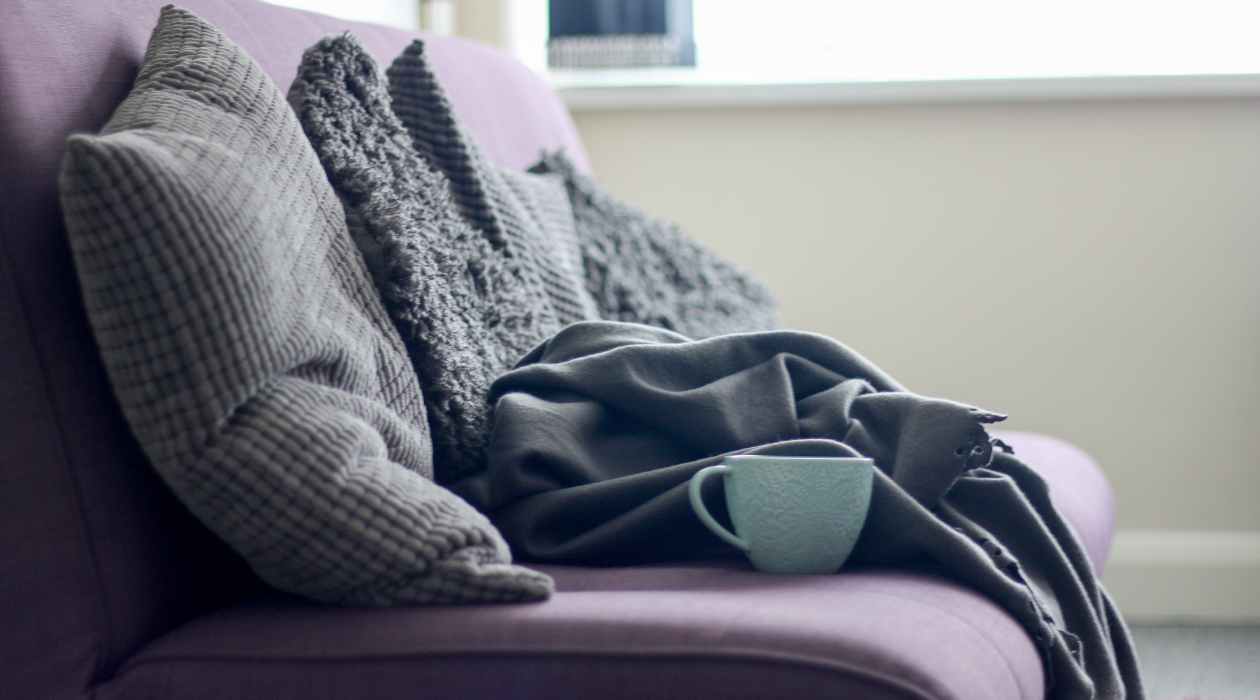

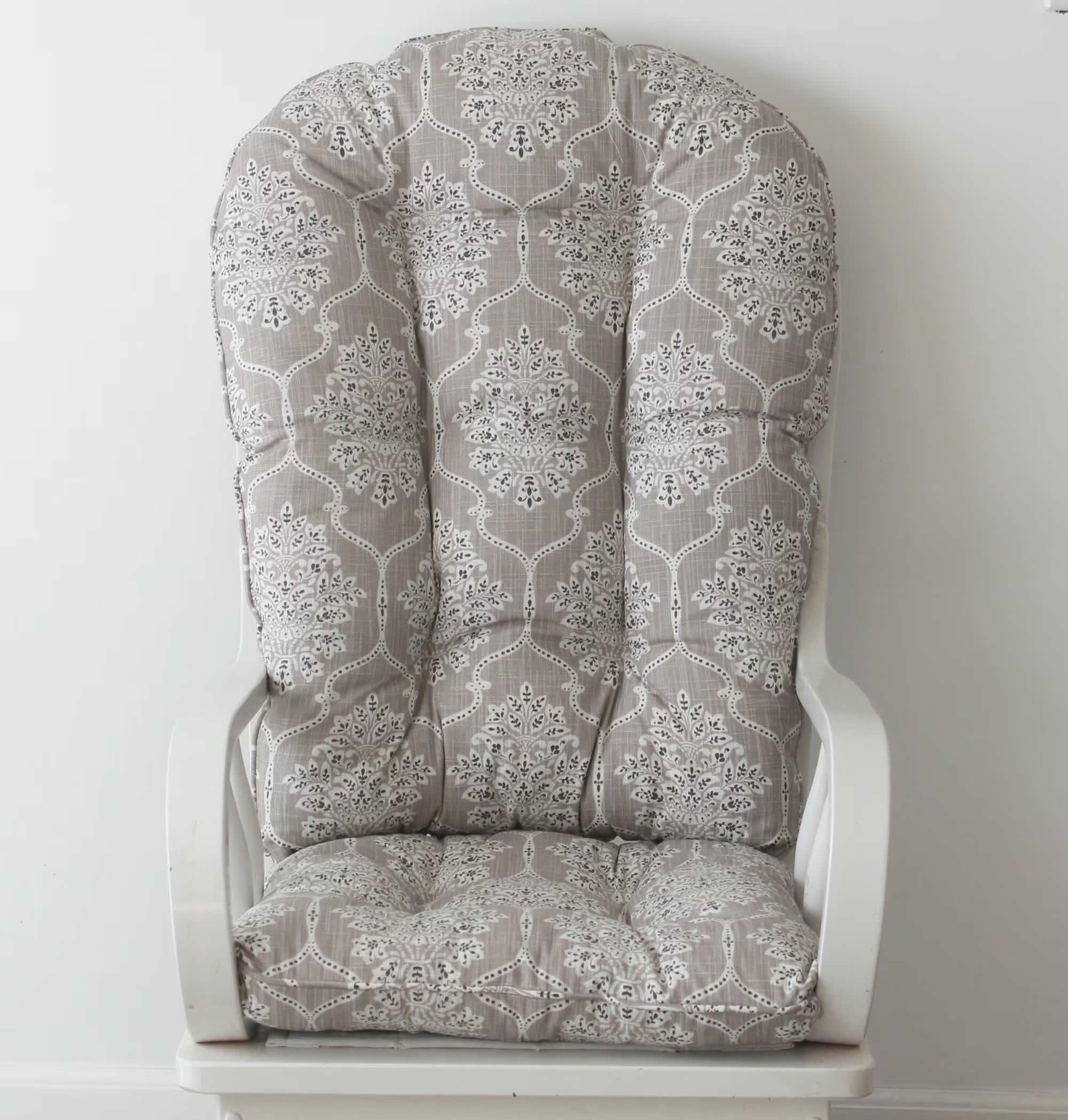
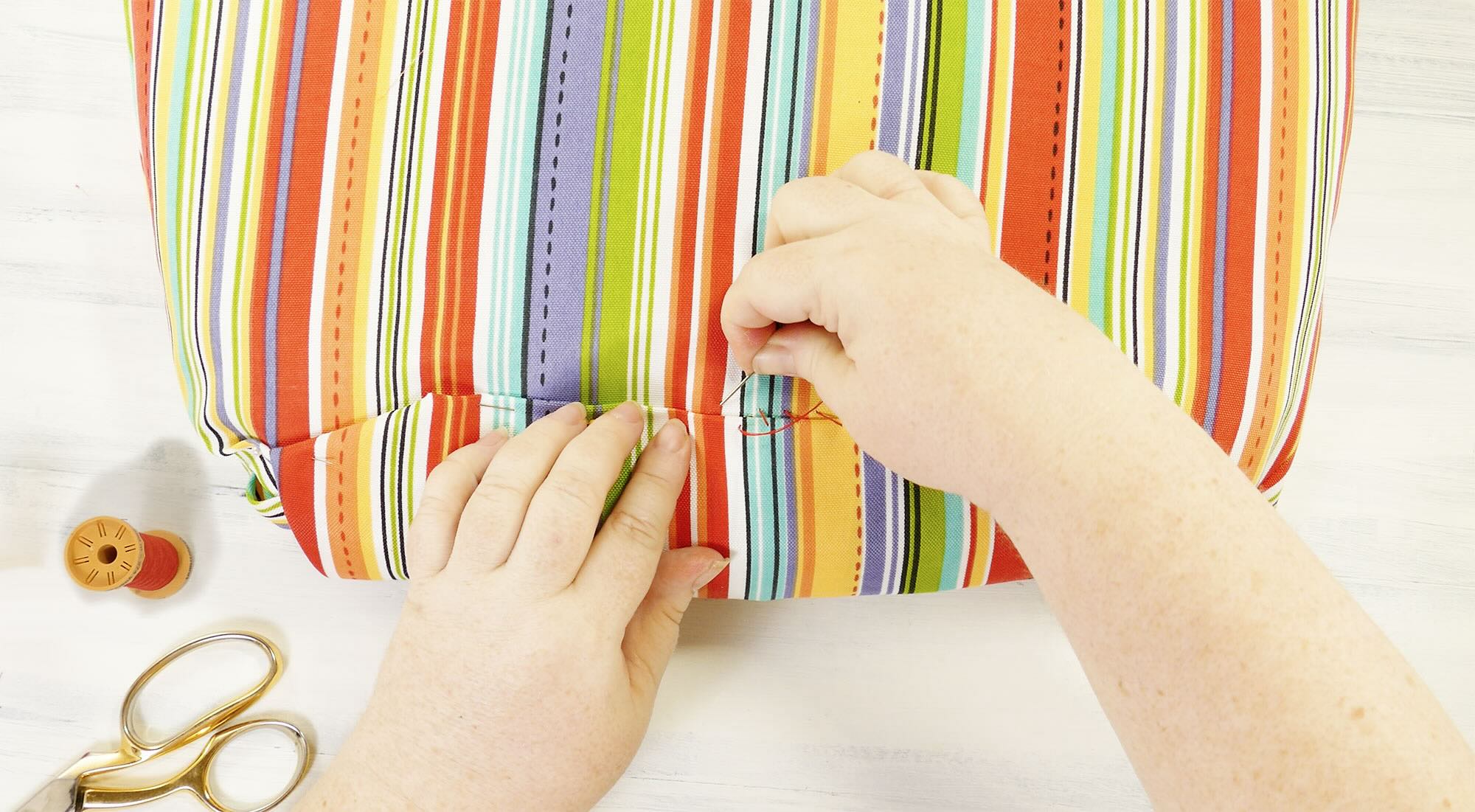
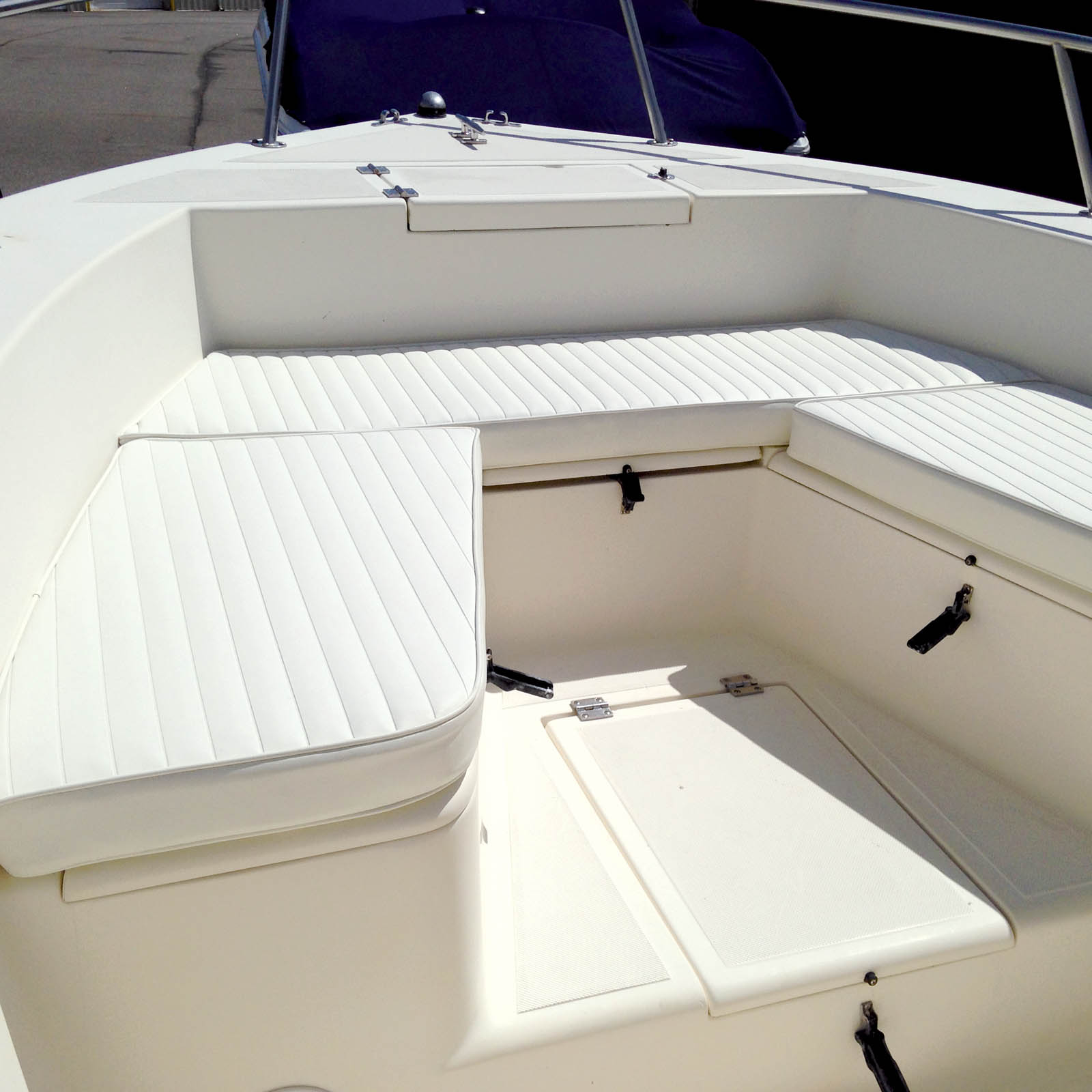
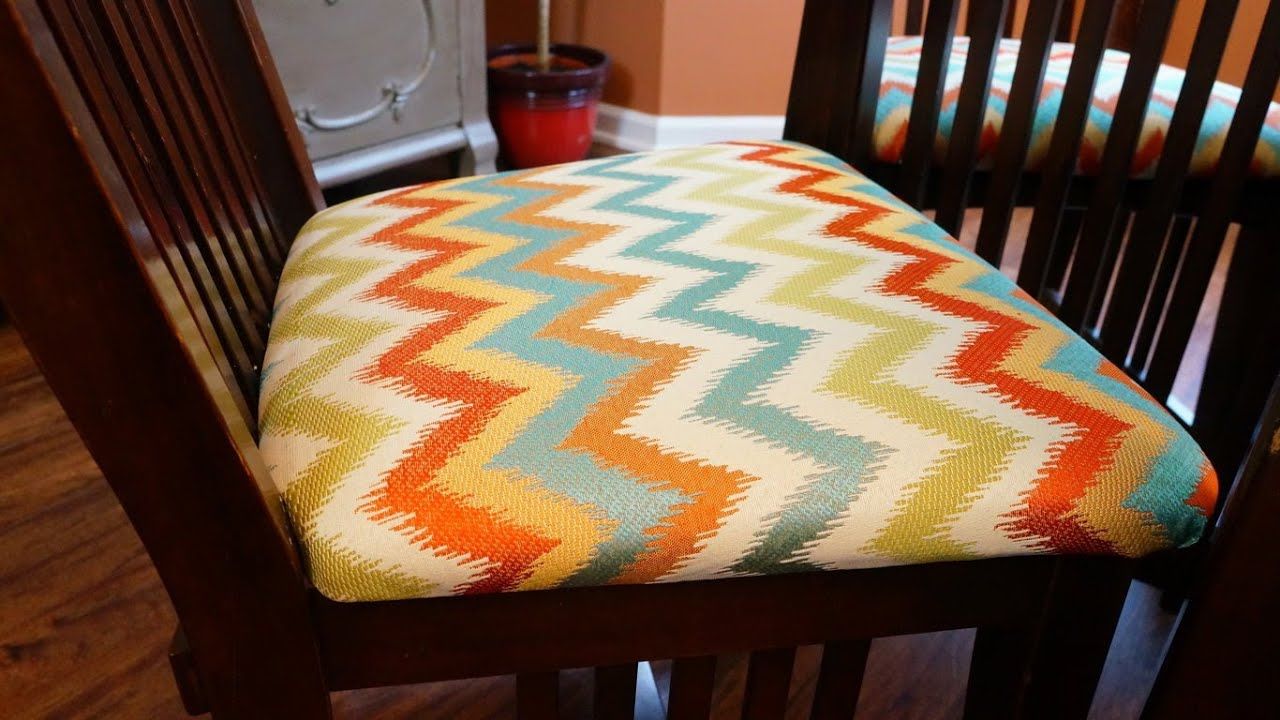
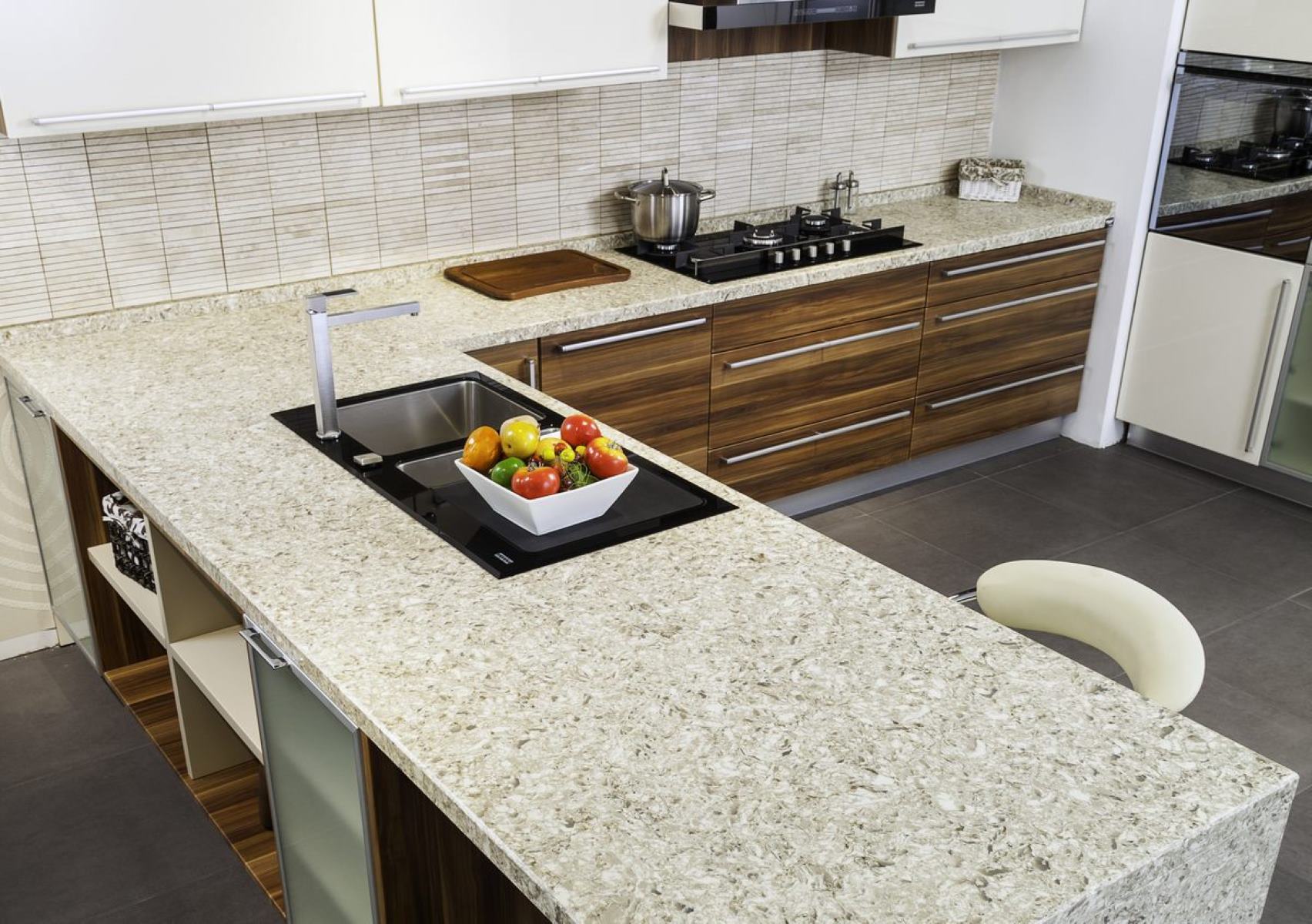

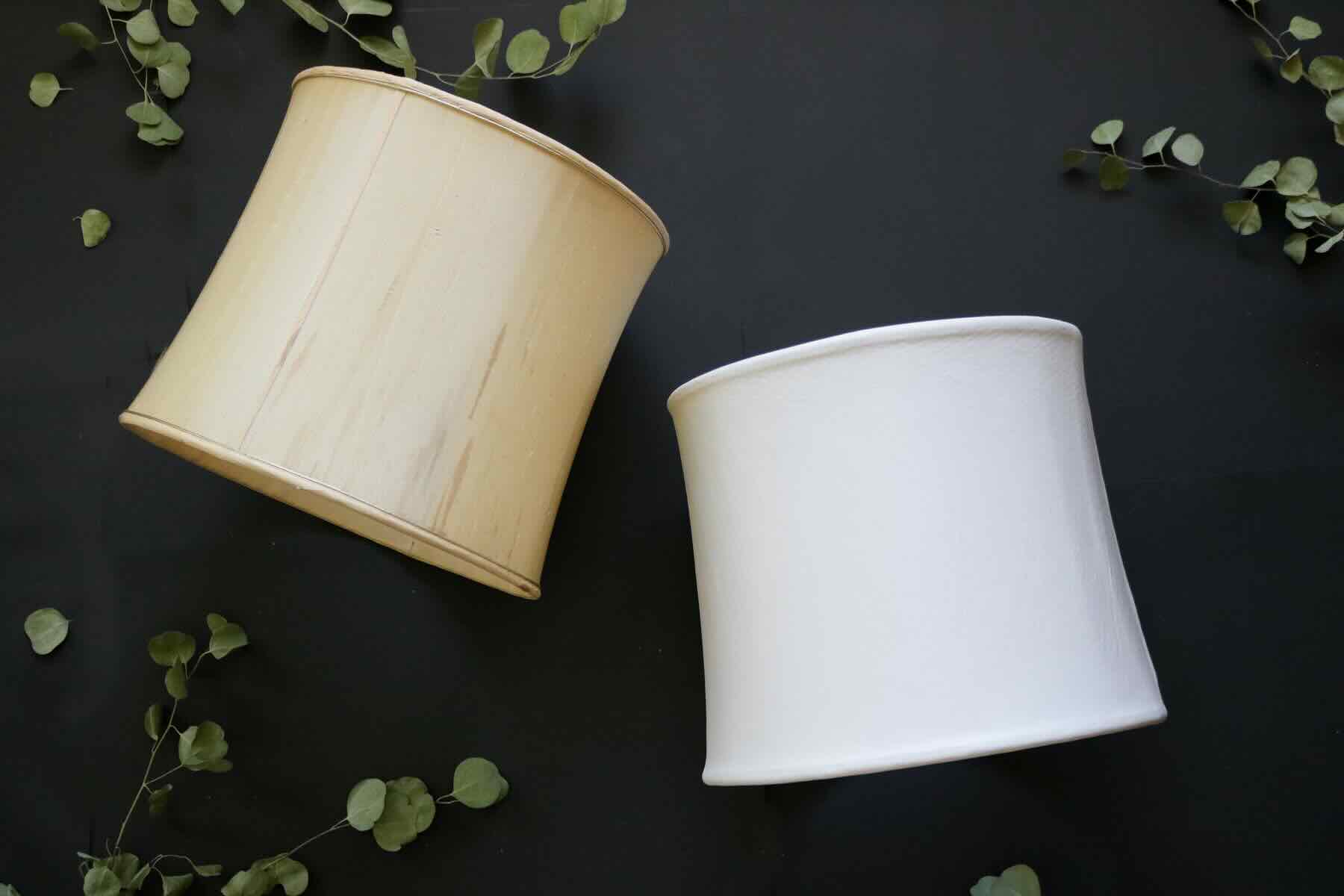
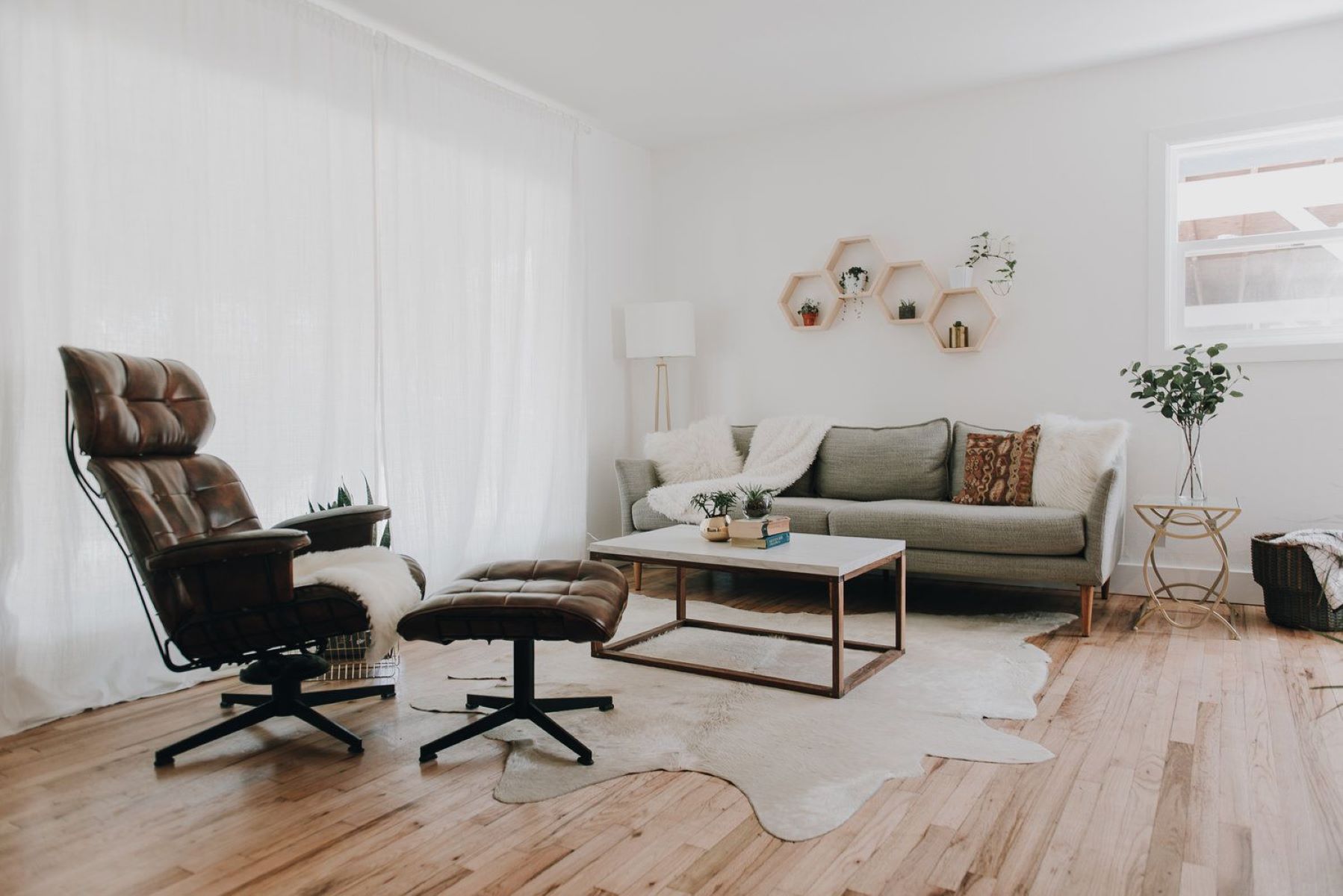
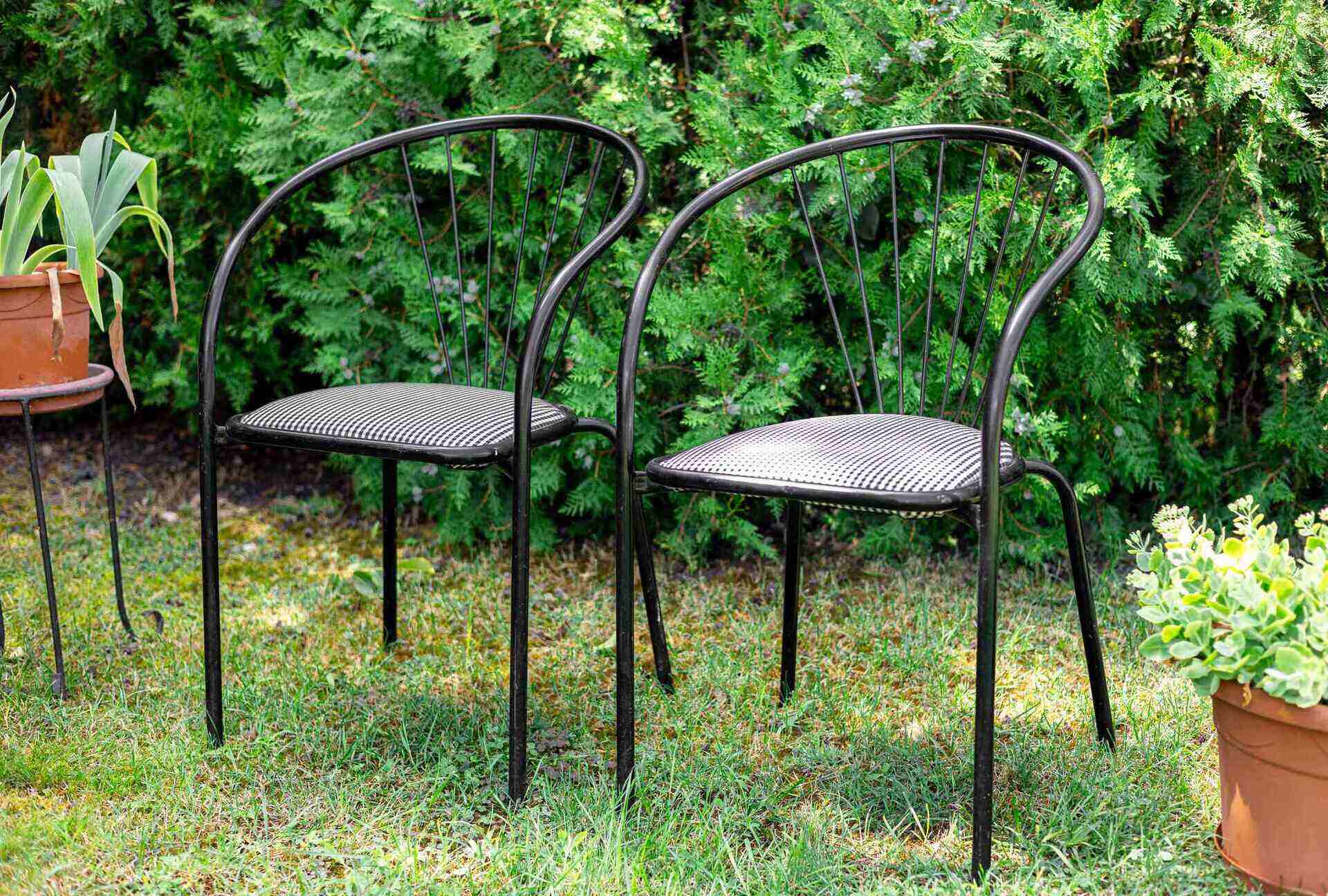
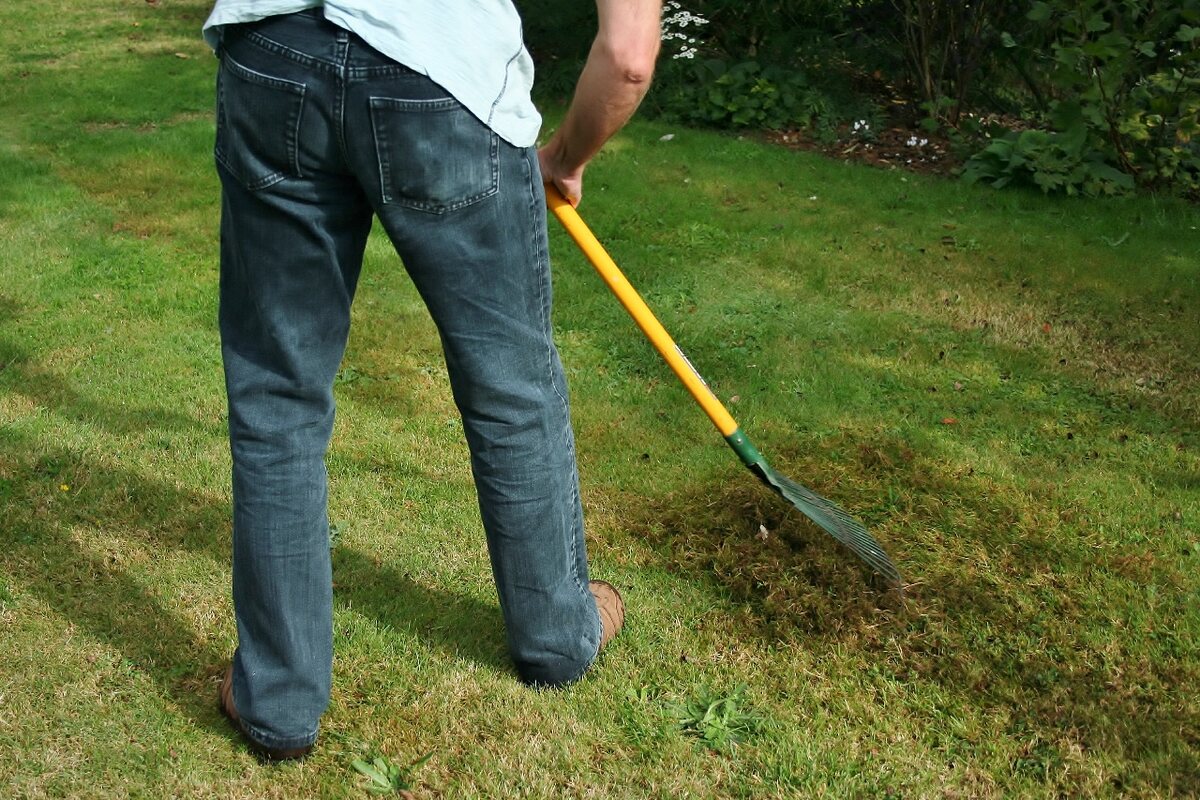
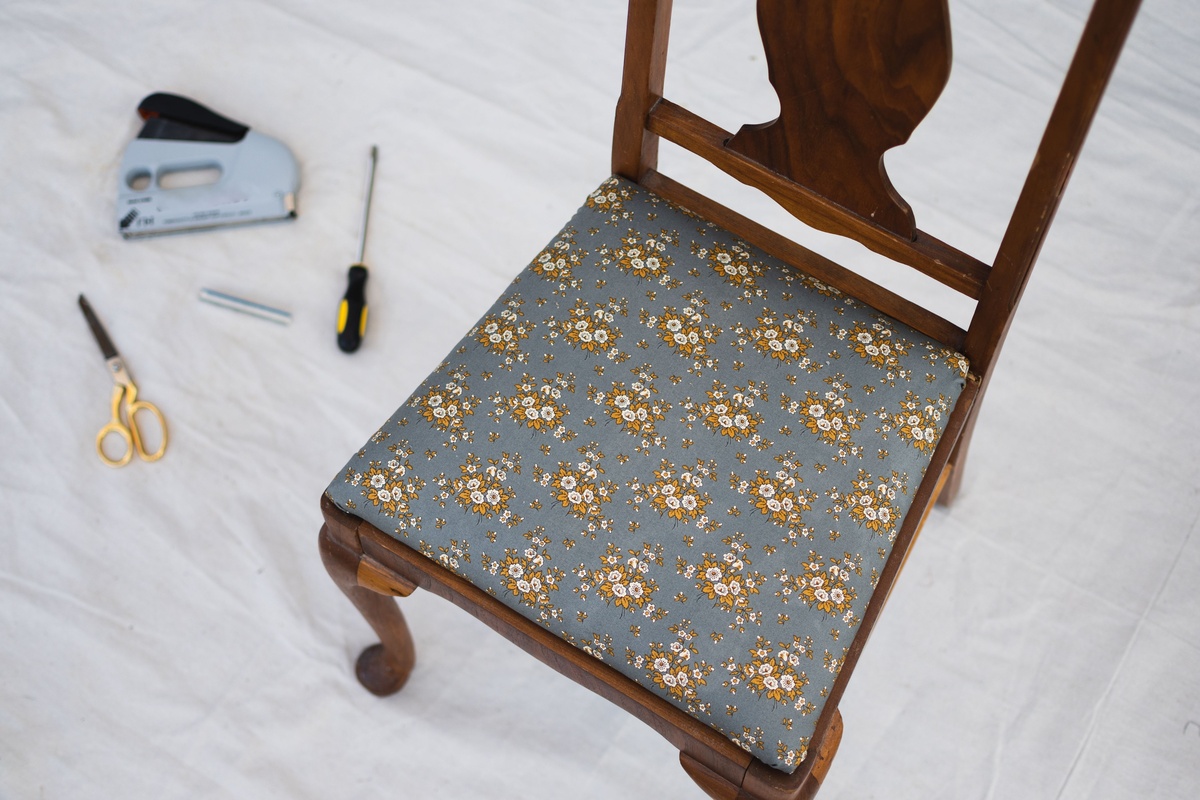
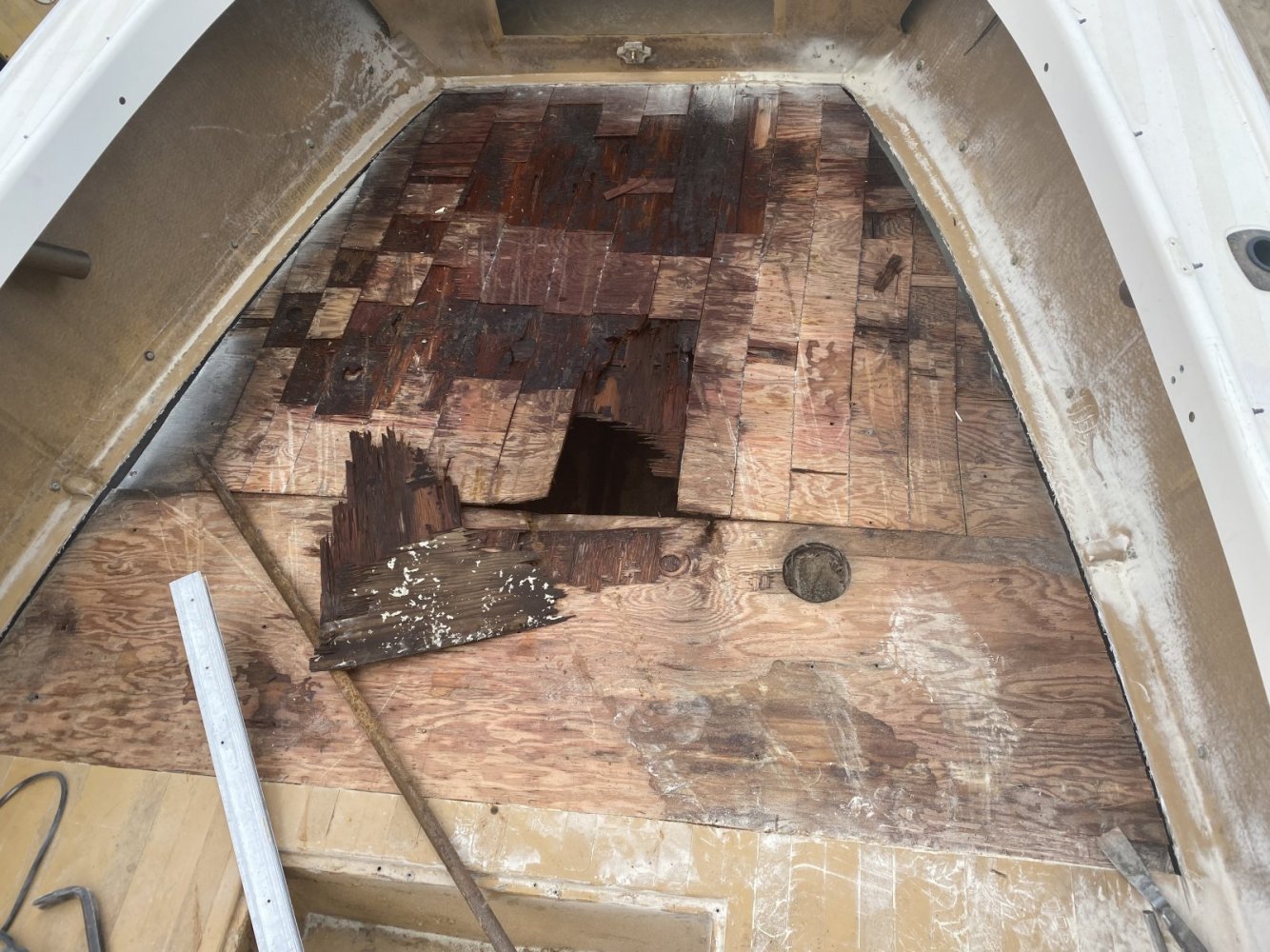

0 thoughts on “How To Recover Boat Cushions”